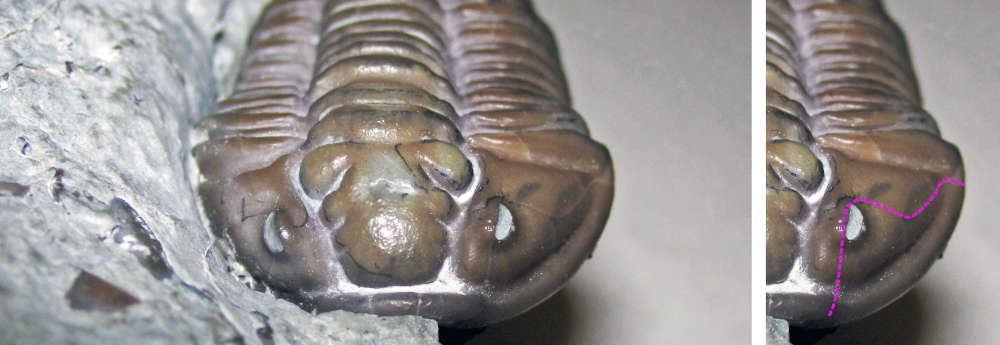Introduction and biology
Trilobites were a very successful fossil group during the Palaeozoic Era. They appear in the fossil record at about 521 million years ago, and ultimately went extinct at 252 million years ago, having struggled since the Devonian.
We'll start by looking at the biology of the trilobites, what other animals they are related to, and when they lived.
Summary
Key points to take away from this video are:
- Trilobites are arthropods (members of a group defined by having segmented bodies, and jointed limbs).
- Arthropods are a megadiverse group, and trilobites were very speciose in the early palaeozoic.
- They had a variety of modes of life, which you can identify through their morphology.
- Trilobites grew by moulting their exoskeleton: a process called ecdysis.
